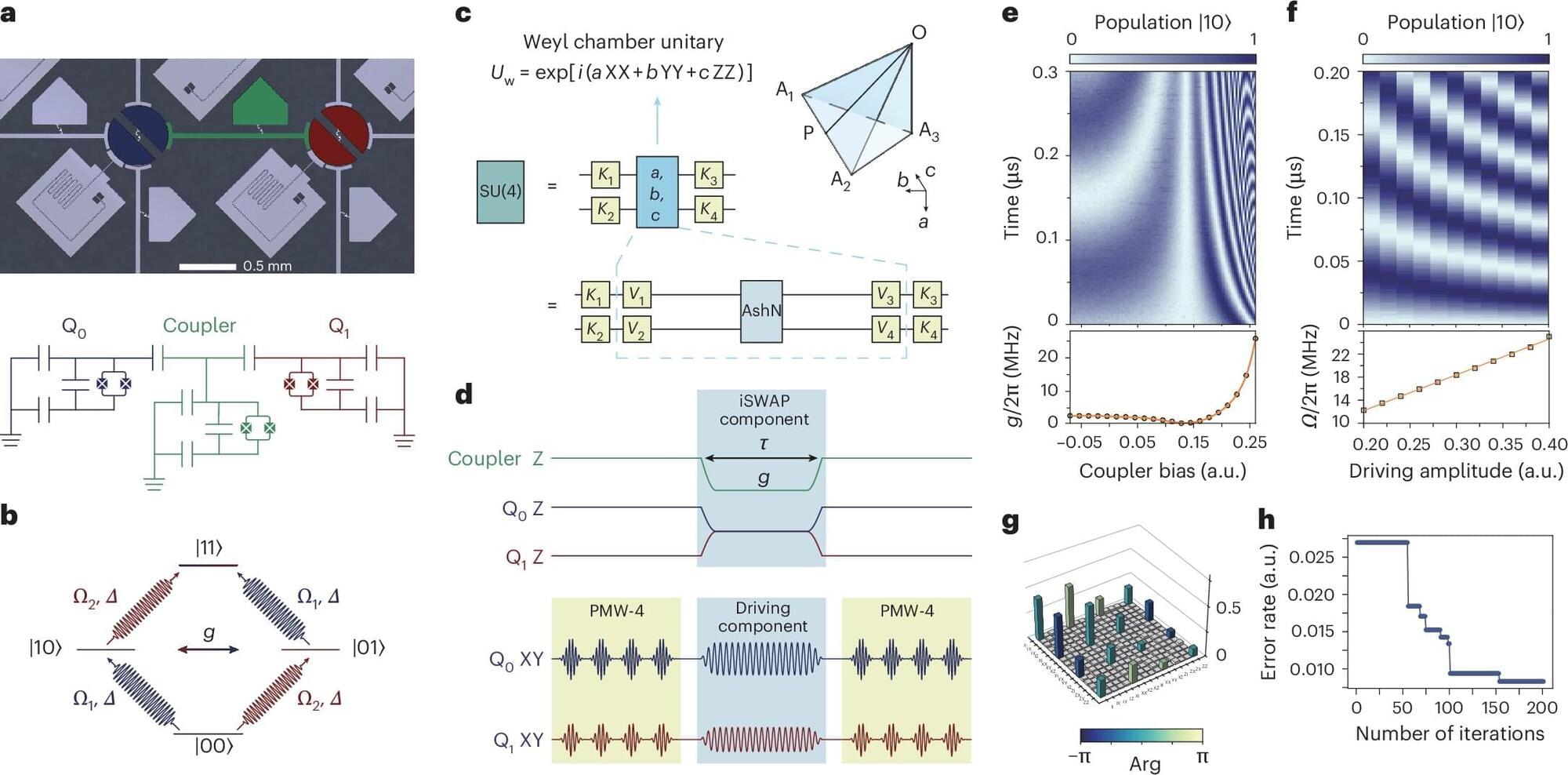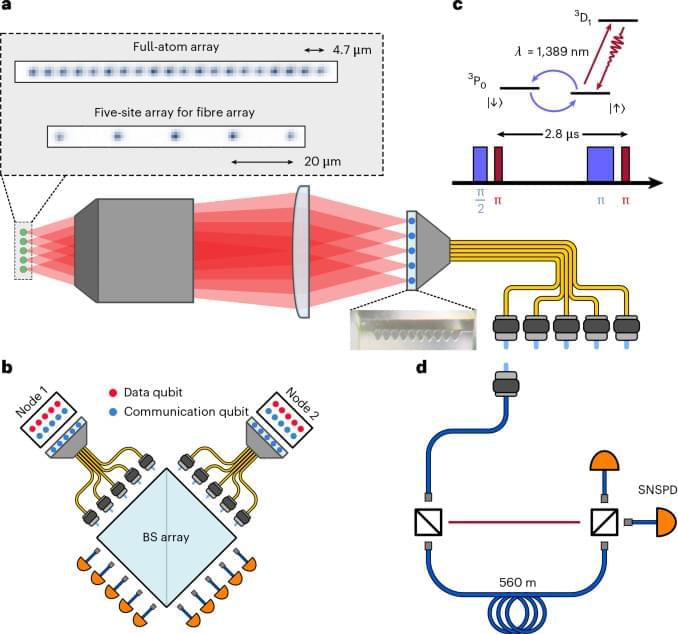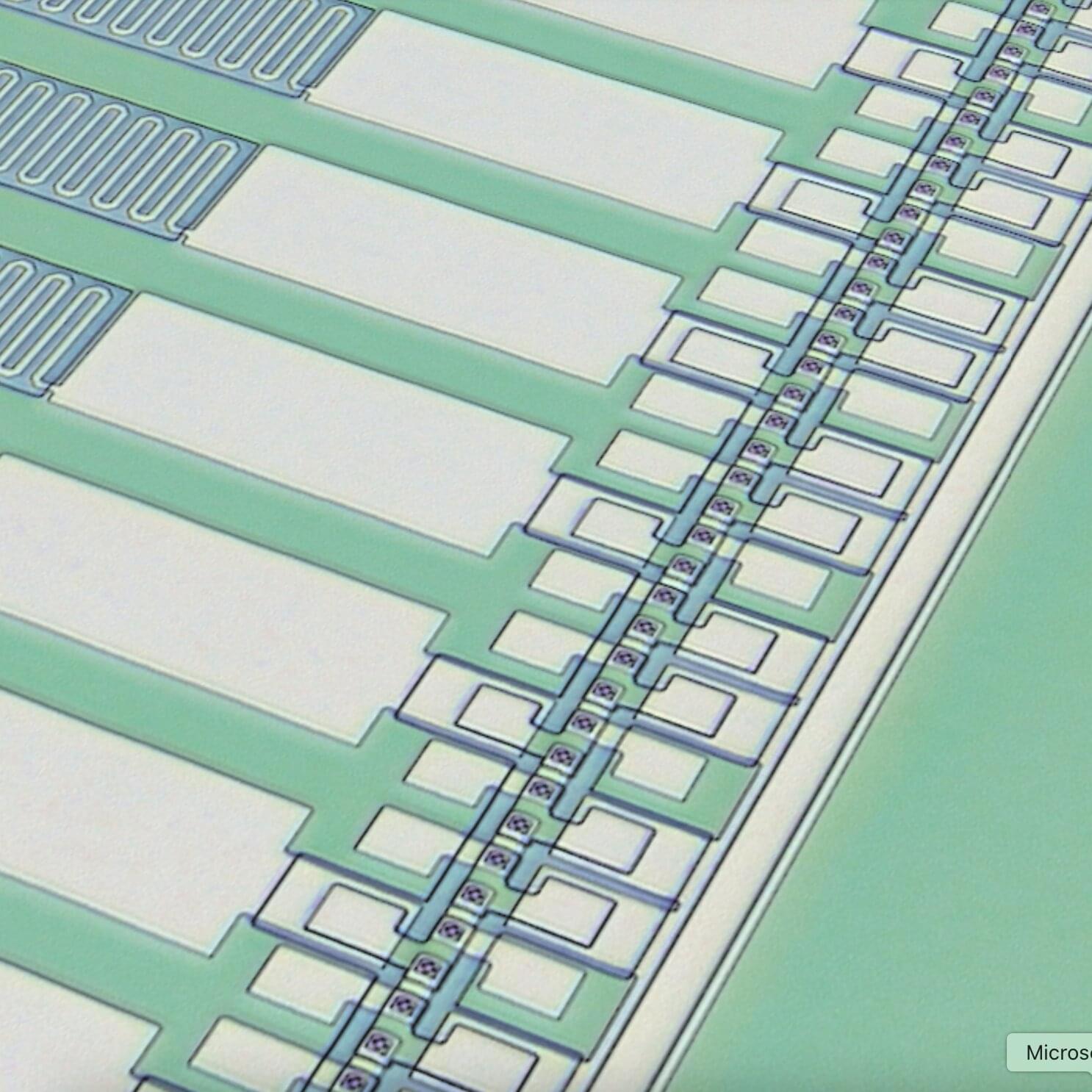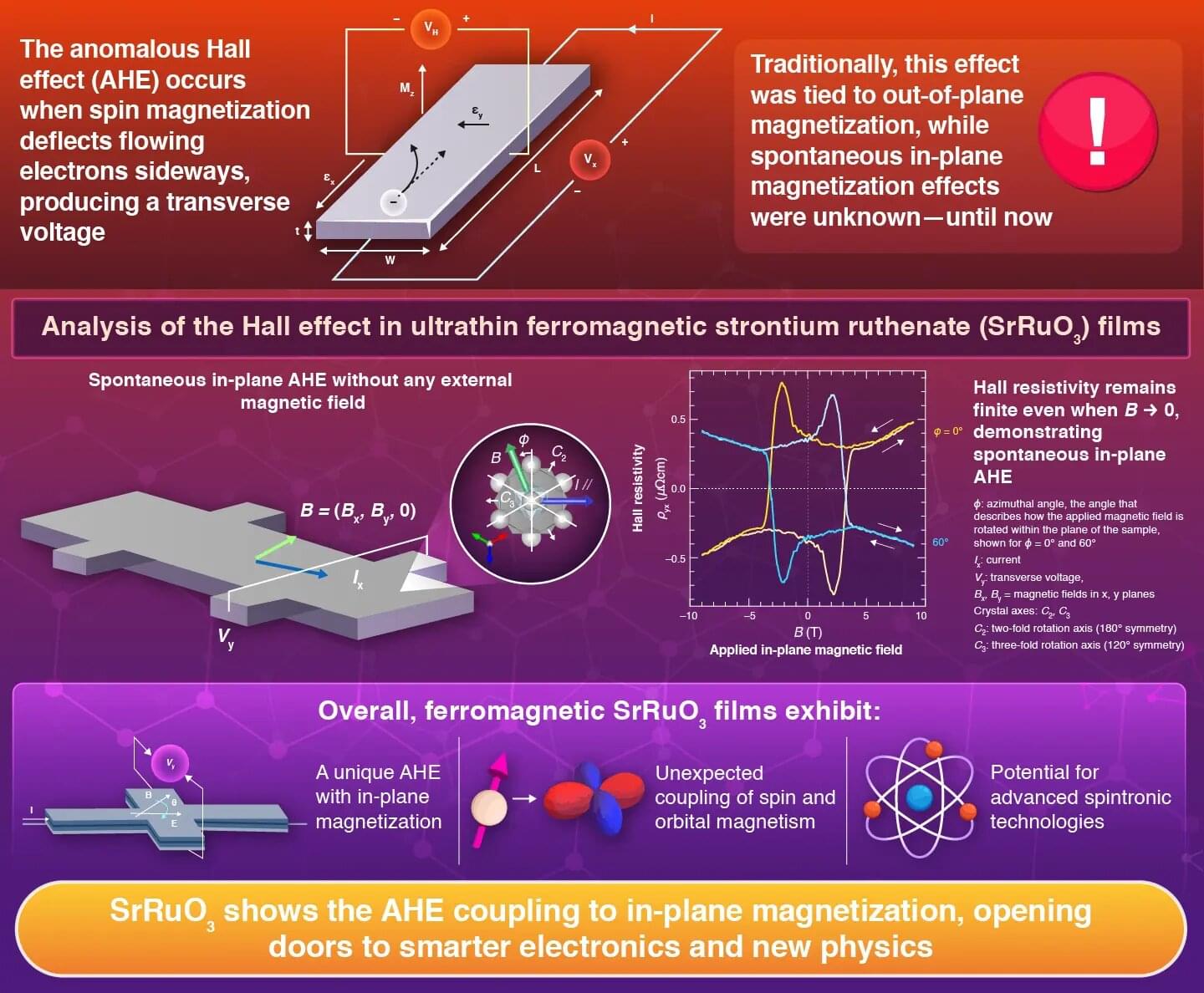A team of scientists at Simon Fraser University’s Quantum Technology Lab and leading Canada-based quantum company Photonic Inc. have created a new type of silicon-based quantum device controlled both optically and electrically, marking the latest breakthrough in the global quantum computing race.
The research, published in the journal Nature Photonics, reveals new diode nanocavity devices for electrical control over silicon color center qubits.
The devices have achieved the first-ever demonstration of an electrically-injected single-photon source in silicon. The breakthrough clears another hurdle toward building a quantum computer—which has enormous potential to provide computing power well beyond that of today’s supercomputers and advance fields like chemistry, materials science, medicine and cybersecurity.








